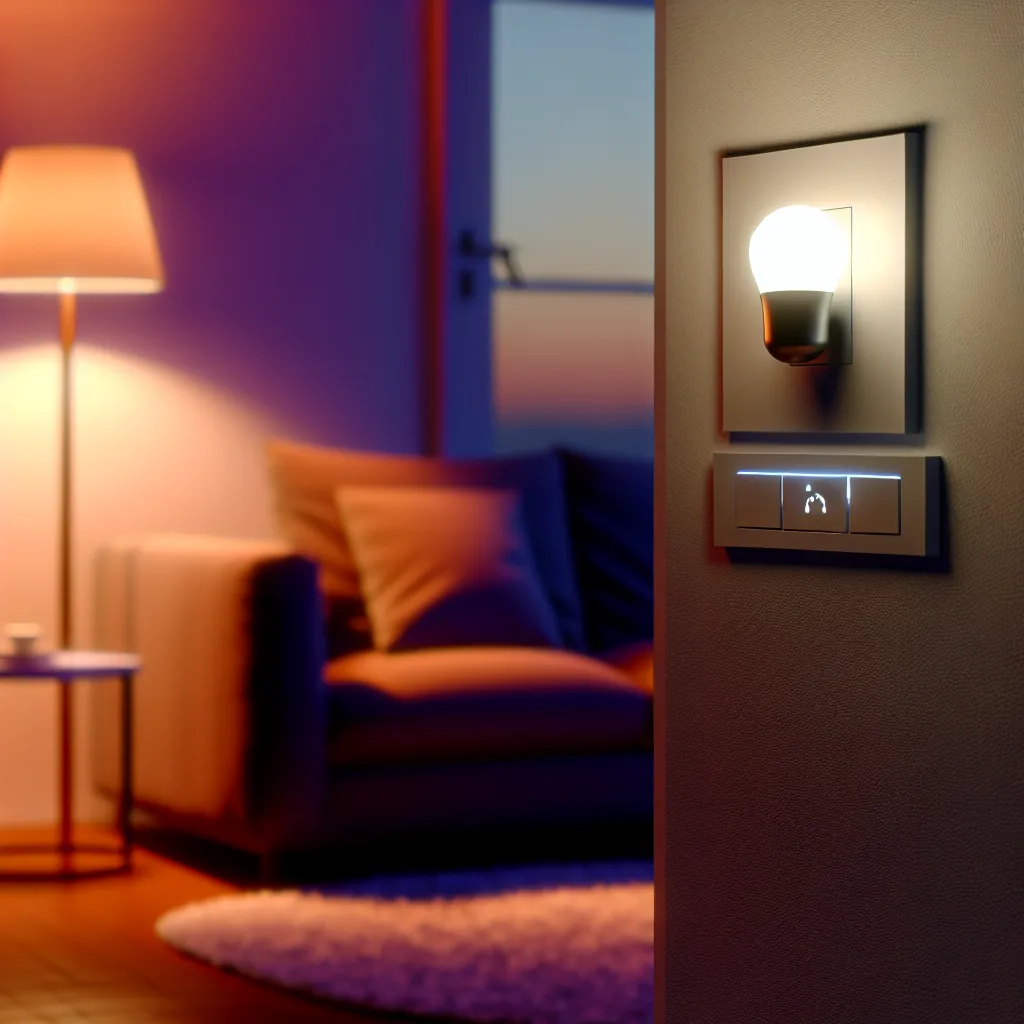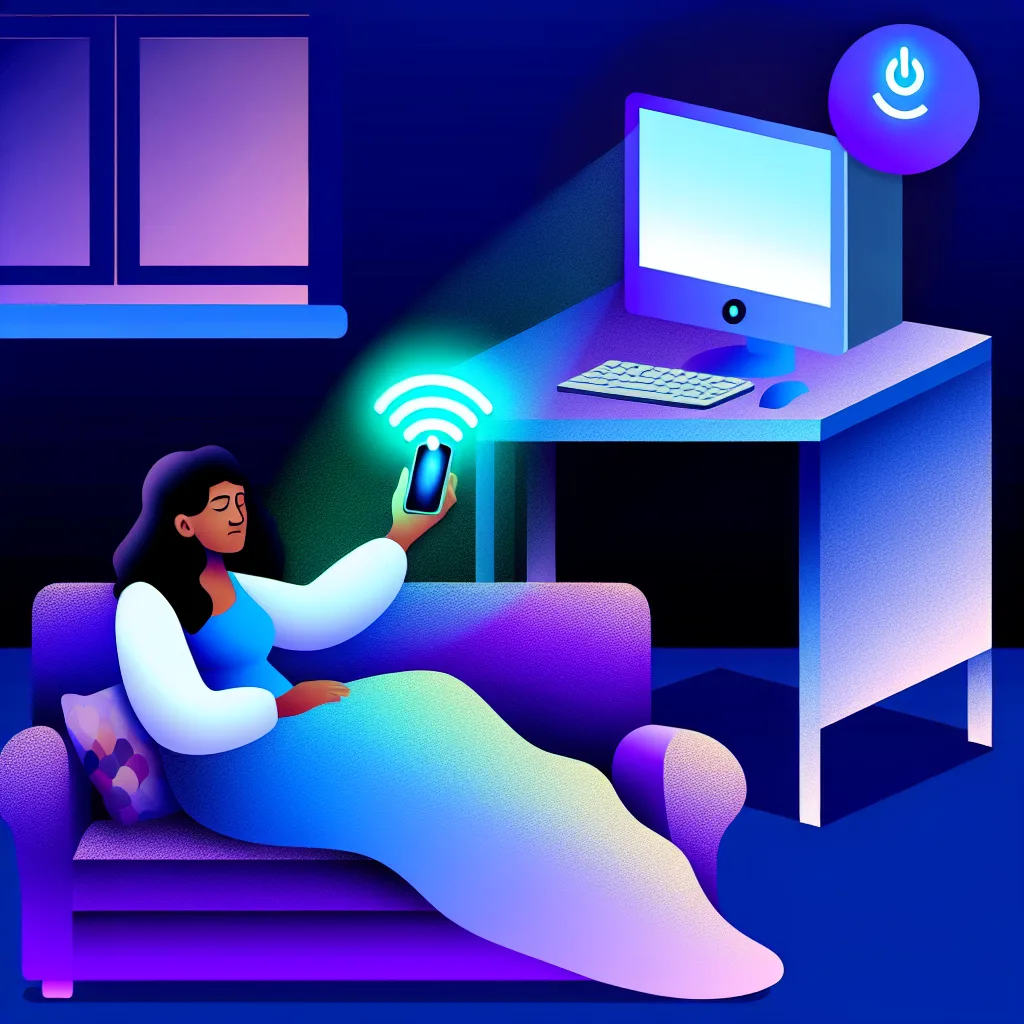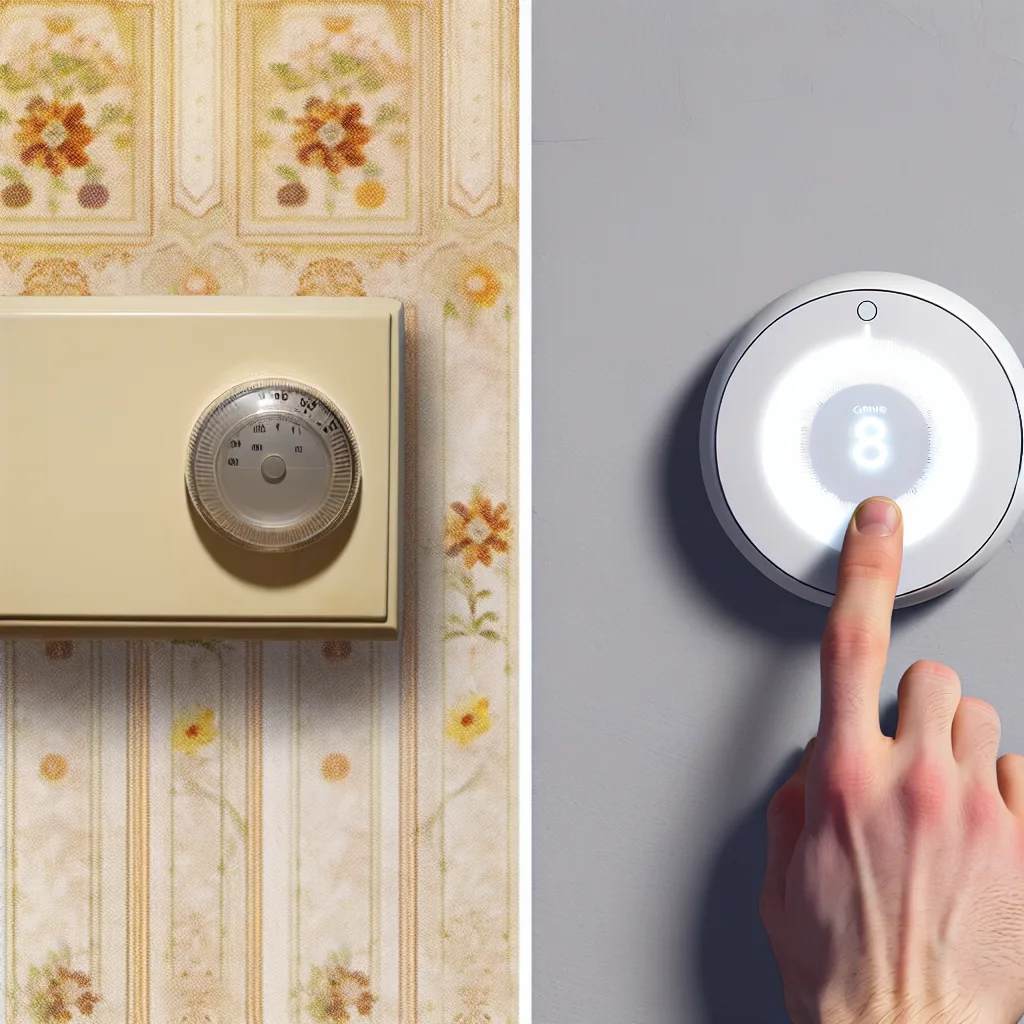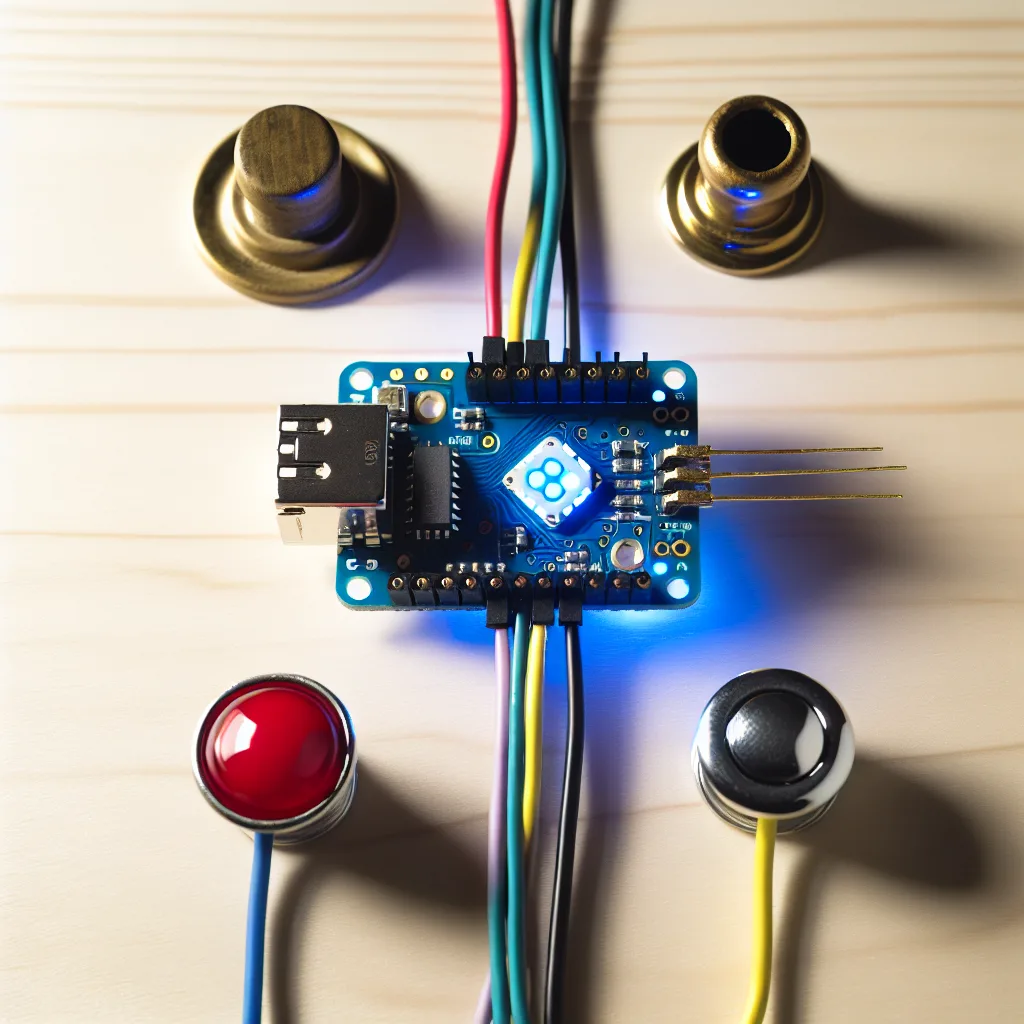Understanding the Real Progress and Challenges in AI Beyond the Hype of GPT-5
If you’ve been following the buzz around artificial intelligence lately, especially after the release of OpenAI’s GPT-5, you might have noticed something unexpected: the much-anticipated leap toward “superintelligence AI” didn’t quite show up.
What exactly happened? And why does it matter to anyone curious about the future of AI? Let’s talk it through like we’re just two friends over coffee.
The Hype Around Superintelligence AI
When GPT-5 was announced, many believed it was going to be the AI that matches or even exceeds the smartest human experts in flexibility and understanding—what experts call artificial general intelligence (AGI). This idea of a “superintelligence AI” sparked a lot of excitement, investments, and bold predictions about how soon AI would become truly transformative.
The Reality Check: GPT-5’s Performance
But soon after GPT-5 was released, it became clear that while it’s an improvement over previous versions, it’s still far from perfect or “superintelligent.” Users and critics spotted all kinds of issues, from failing simple arithmetic tests to giving bizarre answers to common riddles. It even still hallucinates—that’s AI talk for confidently providing wrong information—although it happens less often than before.
Some folks even wished for the older versions back because GPT-5 didn’t live up to their expectations. While it’s definitely a step forward, calling it an AI revolution would be premature.
What This Means for AI Development
This gap between expectations and reality has real consequences. Companies and investors who put big bets on a quick leap to superintelligence AI might need to rethink their strategies. Governments planning policies and funding based on these assumptions should be cautious too.
An important takeaway is that just making AI bigger and more powerful isn’t necessarily the answer. According to cognitive science experts, looking at how humans learn and think could inspire smarter ways to train AI. Instead of just scaling up, AI development may need to focus on understanding how intelligence works at a deeper level.
Why We Should Care About Superintelligence AI
You might wonder why all this fuss about superintelligence AI matters in your daily life. The truth is AI tools affect everything from how we find information to automating complex jobs. Hype can push companies to rush products that aren’t fully ready, leaving people with technology that doesn’t always work as promised.
Approaching AI development with realistic expectations helps avoid that. Plus, smarter approaches inspired by human cognition could lead to AI that’s more reliable and useful in the long run.
Looking Ahead: What to Expect Next
While the dream of superintelligence AI isn’t here yet, the field is still moving forward in meaningful ways. Researchers are learning from GPT-5’s limitations and exploring new methods to build smarter AI. The future probably won’t be a sudden leap but a series of thoughtful steps towards more capable, trustworthy systems.
If you want to dive deeper into this conversation, check out the original guest essay by Gary Marcus in The New York Times Opinion section and explore more on OpenAI’s official blog. For a take grounded in cognitive science, you might find this overview by the Association for Computational Linguistics insightful.
Understanding where AI really stands helps us appreciate the work ahead and keeps our expectations in check. For now, the promise of superintelligence AI is still a vision, not a reality. But it’s one worth watching as researchers find smarter, more human-like ways to teach machines.









